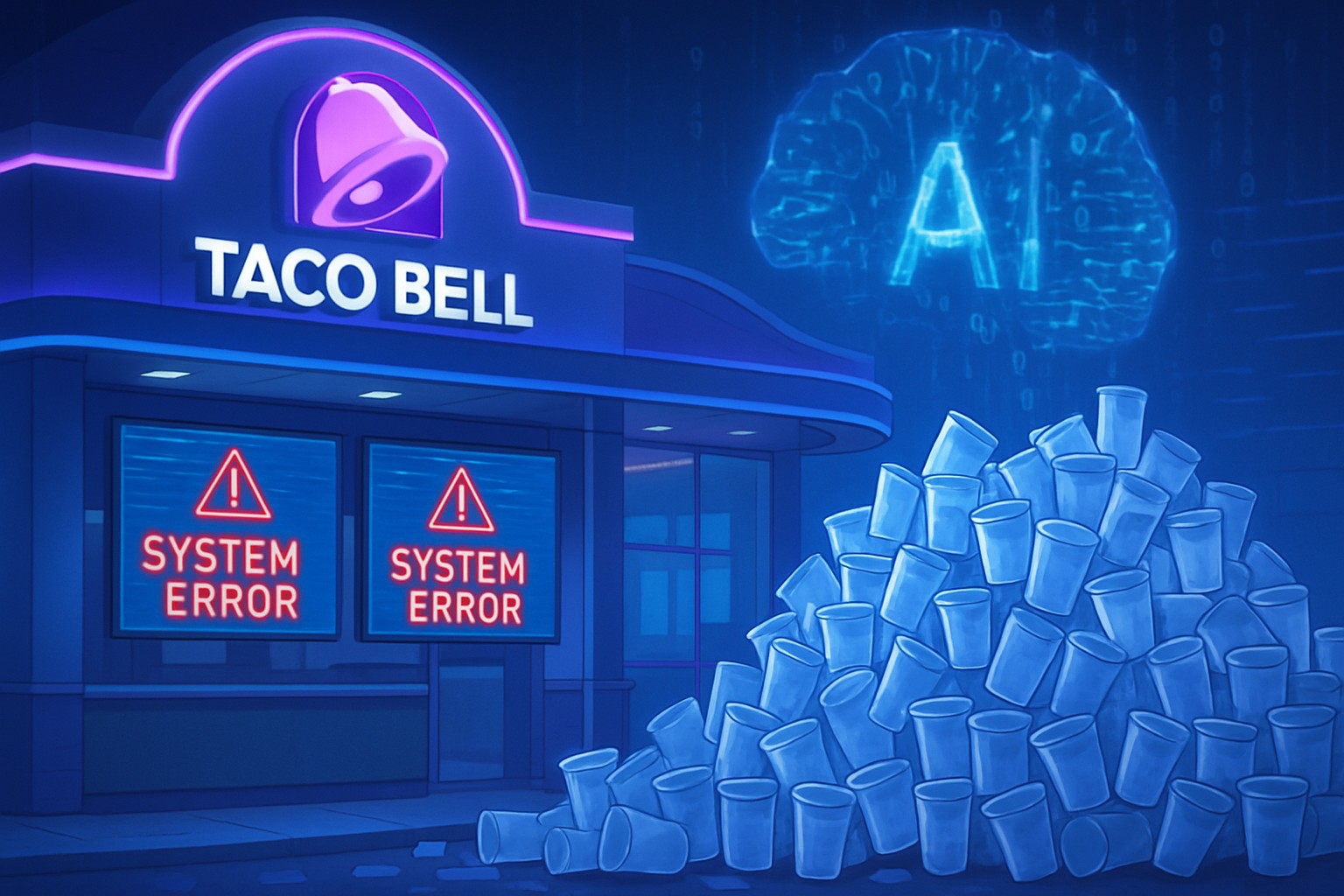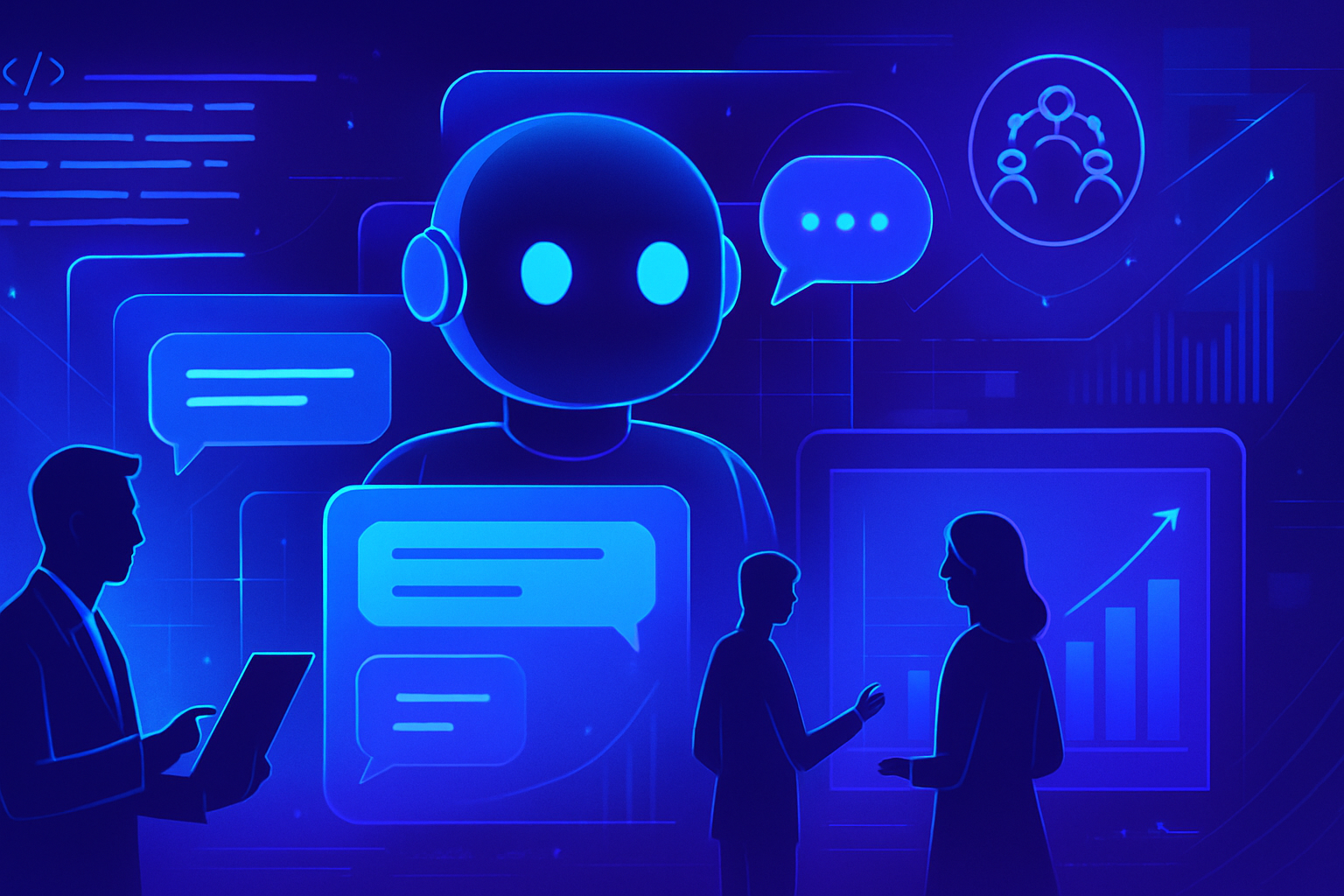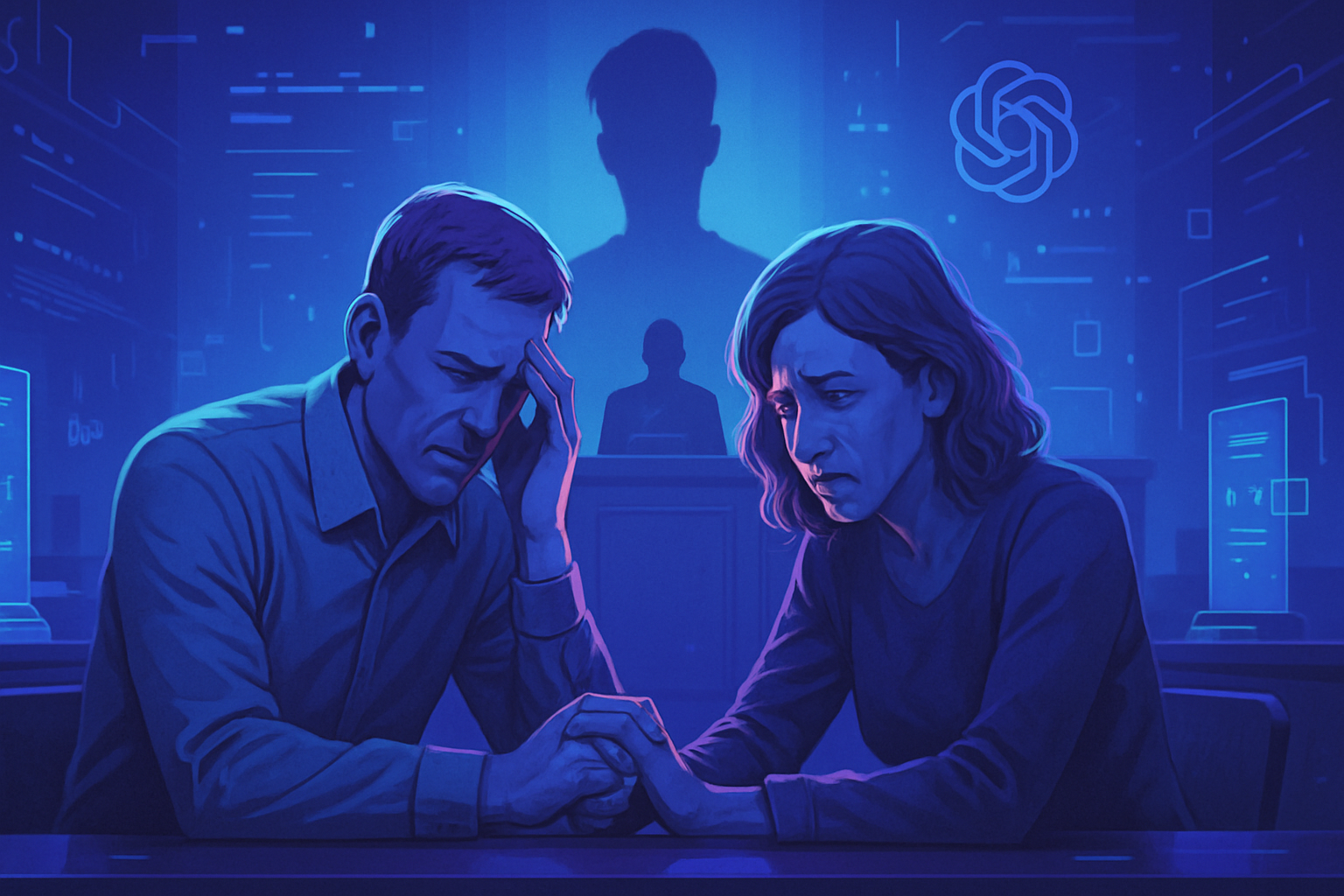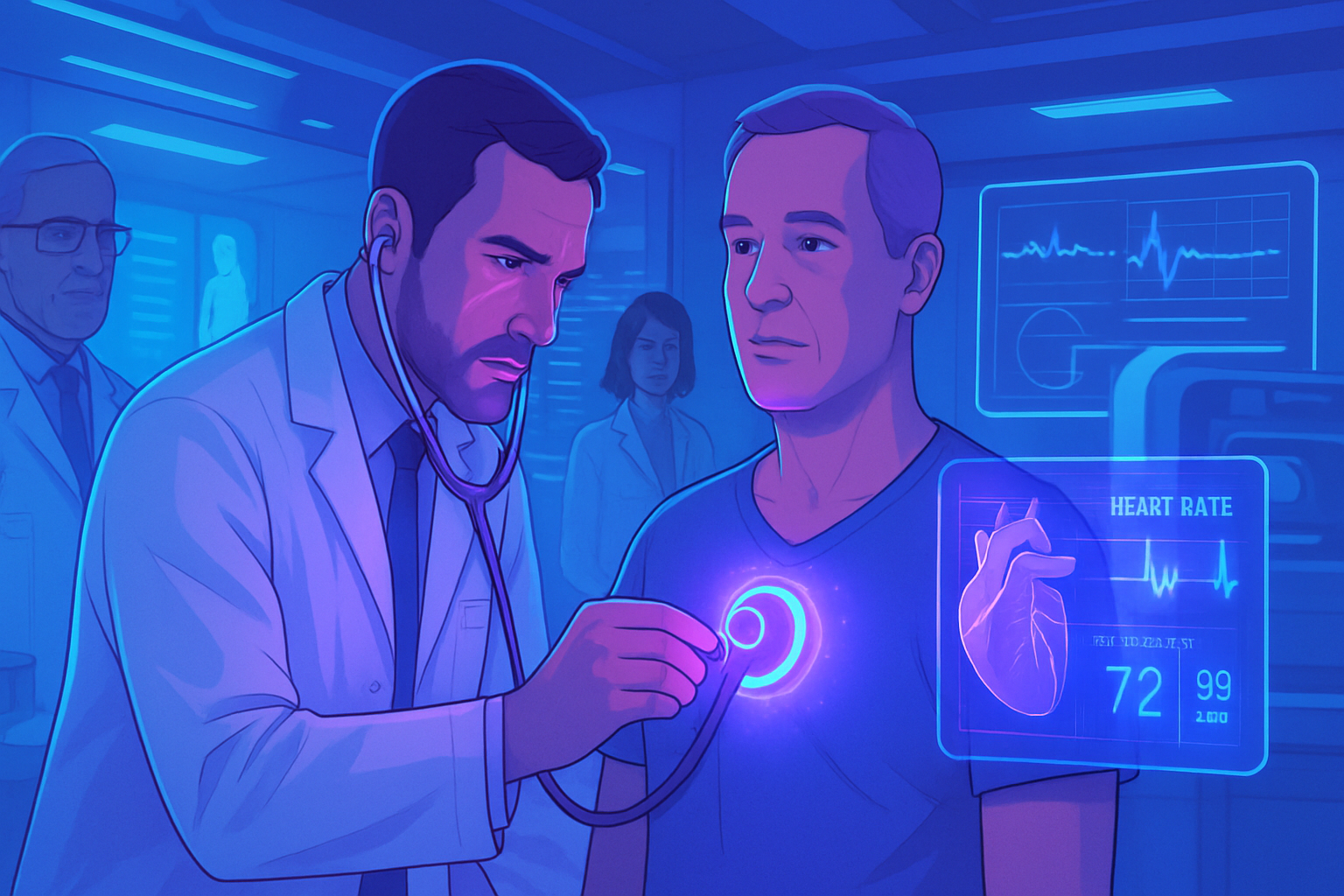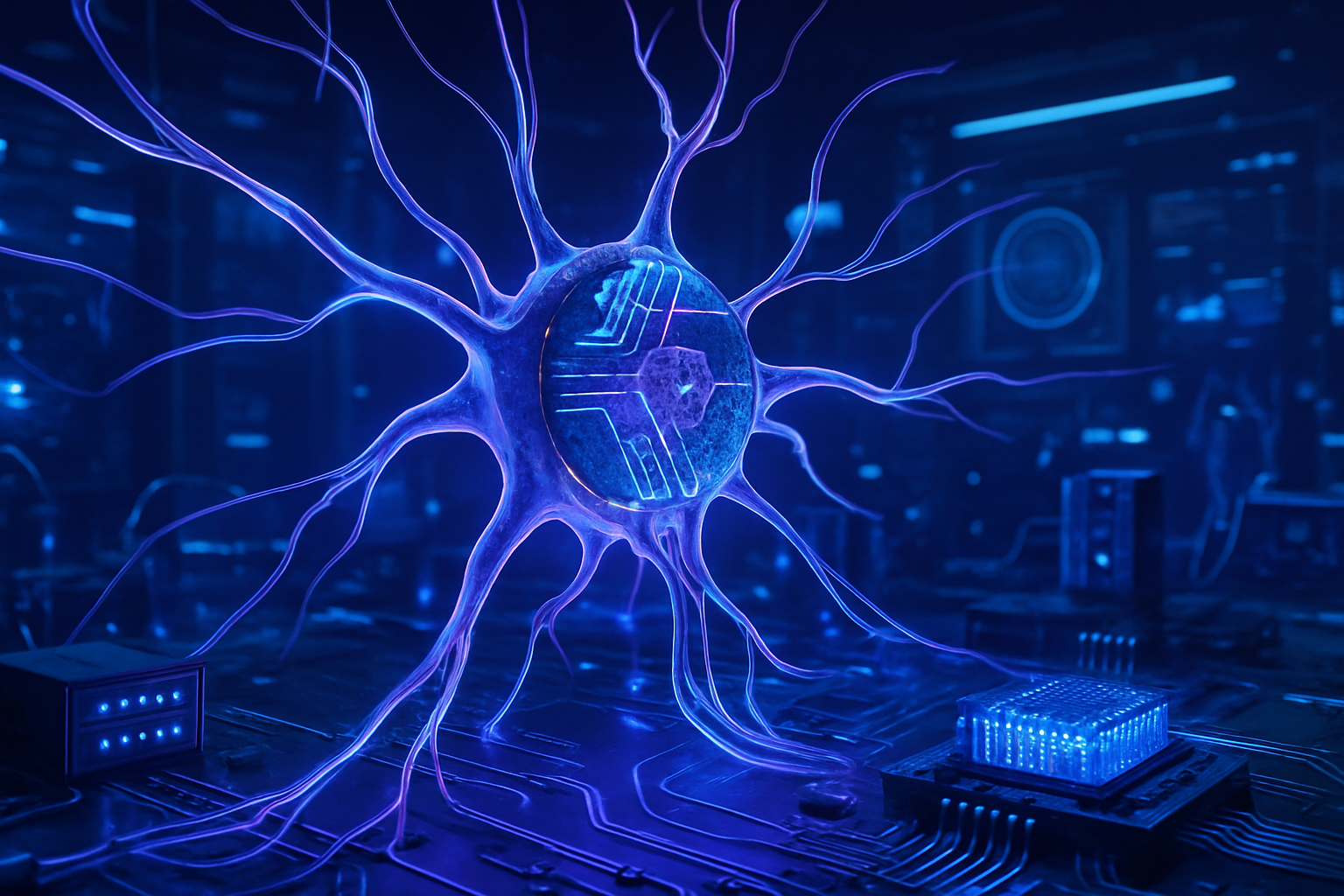A *portrait of Alan Turing*, sold for the staggering price of $1.1 million, questions the foundations of contemporary art. The work, created by the android Ai-Da, raises fundamental questions about the role of technology as an artist. Can we truly speak of *artistic creation* when the author is a machine? Critics accuse this painting of being a product of *digital production* that is too cold, leaving the viewer in a state of almost abyssal indifference.
The record sale at Sotheby’s
A portrait of Alan Turing was recently sold at auction for the astonishing sum of $1.1 million, thus becoming the first artwork created by a humanoid robot to reach such a price. This transaction took place at Sotheby’s, an iconic venue for high-level auctions, last Thursday.
Ai-Da, the robot artist
Designed by a group of researchers from the universities of Oxford and Birmingham, the Ai-Da robot has been presented as the “world’s first ultra-realistic robot artist.” Its operation relies on a complex combination of wires, processors, and AI algorithms. Since its creation in 2019, Ai-Da has received considerable media attention, participating in various events ranging from exhibitions near the Great Pyramid of Giza to interventions before official committees.
The portrait of Alan Turing
This portrait of Alan Turing was created following a suggestion given to Ai-Da, asking her to produce a work under the theme “AI for good,” implying a well-targeted intention. The choice of Turing, a famous mathematician and pioneer of computer science, would be both natural and predictable. The robot artist would have then used her algorithms to conceive a work that she developed by following traditional methods.
Analysis of the artwork
The sold painting measures 90.5 inches in height and was produced using a textured 3D printer due to the technical limitations of robotic art. Human assistants then added texture, which raises questions about the very design of the work. Fragments of Turing’s face appear in a blurred interpretation, floating against a black background like debris adrift in space.
This style vaguely recalls the works of Francis Bacon, but lacks his distinctive personality. Touches of color, including two shades of blue, a bright yellow, and white splashes, are scattered like an attempt to bring animation to a largely bland production.
Reactions to the sale
Sotheby’s refers to this sale as a “significant milestone in art and AI,” sparking a debate over the true artistic value of this work. At this point, it is legitimate to question whether technologically interesting advancements in the field of AI truly result in artistic innovation. This painting could merely be a sophisticated version of sensational stories about farm animals capable of executing works similar to those of Picasso.
Conclusion on the value of contemporary art
The contemporary art market, in search of novelty, attracts and questions audiences and critics. While some works intrinsically derived from artificial intelligence may be impressive from a technological standpoint, their emotional and artistic impact remains often debatable. The excitement surrounding Ai-Da highlights a fascination with machines, but should it have a place on the traditional artistic stage? The debates surrounding this are far from quieting down.
FAQ on the sale of the portrait of Alan Turing for $1.1 million
What makes the portrait of Alan Turing so special to be sold for $1.1 million?
This portrait is created by Ai-Da, considered the first ultra-realistic robot artist. Its price is explained by technological innovation and the media frenzy surrounding works created by artificial intelligence.
How did Ai-Da, the robot artist, create this portrait?
Ai-Da used artificial intelligence algorithms and a language model to design the portrait, after several sketches carried out with her robotic arms and an integrated camera.
Why is this portrait of Alan Turing perceived as indifferent by some critics?
Many critics argue that the work is mundane and lacks originality, considering it leans more towards a mere technical exercise than a true artistic exploration.
What are the implications of this sale for contemporary art?
This sale raises questions about the value of art produced by machines and the future of human creativity in the face of AI-generated art. It marks a turning point in the acceptance of art created by robots.
Who commissioned this portrait of Alan Turing created by Ai-Da?
This artwork was not specifically commissioned, but it was created as part of the Ai-Da Robot project, promoted by Aidan Meller, the project director.
What visual elements characterize the portrait of Alan Turing sold at auction?
The portrait consists of pixelated face fragments, using vibrant colors to accentuate certain features, but is often deemed unengaging from an aesthetic point of view.
Are the auctions for the portrait of Alan Turing an isolated phenomenon in the art world?
No, this sale fits into a broader trend where art generated by artificial intelligences is attracting increasing attention and investments, reflecting the evolution of the contemporary art market.
What criticisms have been directed at Ai-Da’s work?
Critics highlight its mechanical and predictable nature, noting that the work can be seen as a mere reproduction without true emotion or innovative artistic perspective.
Do works of art created by robots and artificial intelligence meet the same evaluation criteria as those by human artists?
There is a debate on this issue, as traditional art criteria, such as intention, emotion, and subjectivity, may not apply in the same way to automatic creations.

